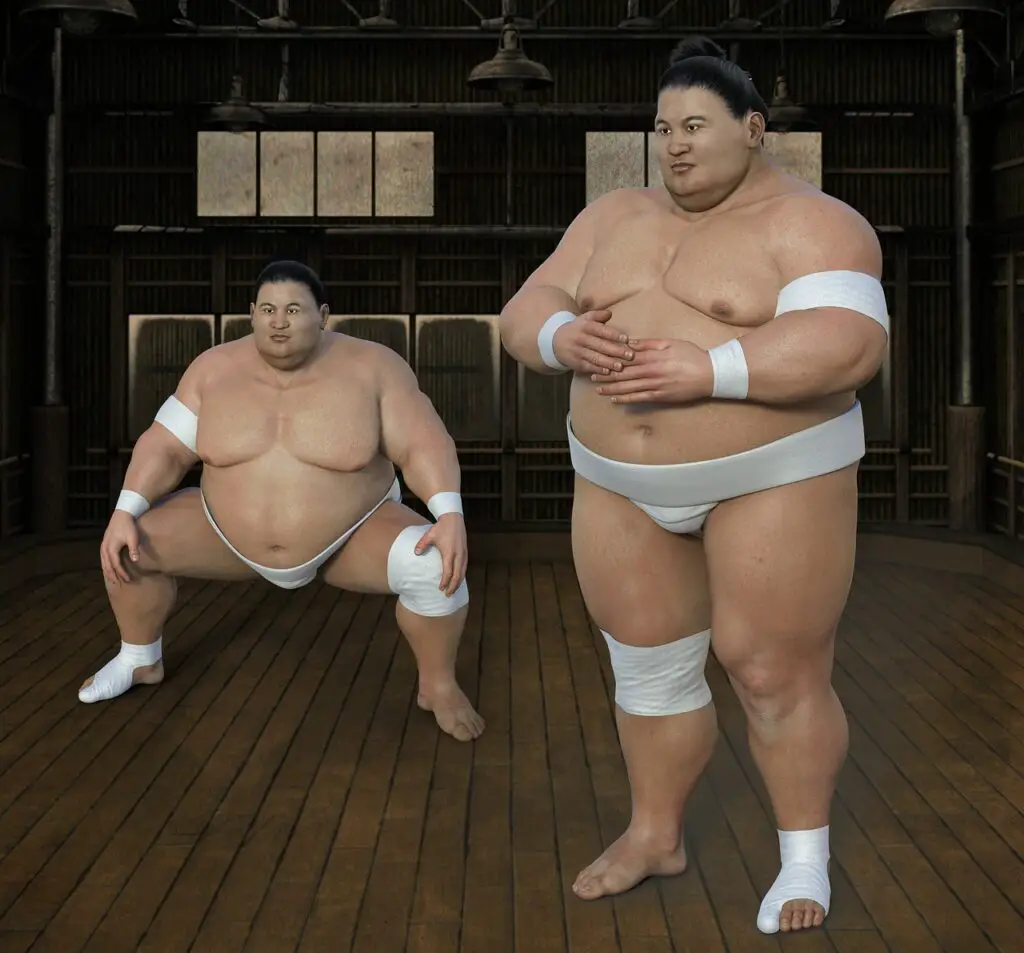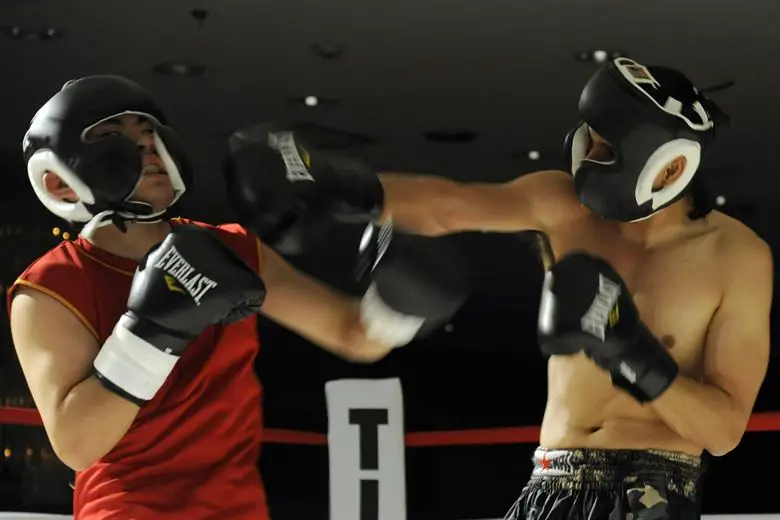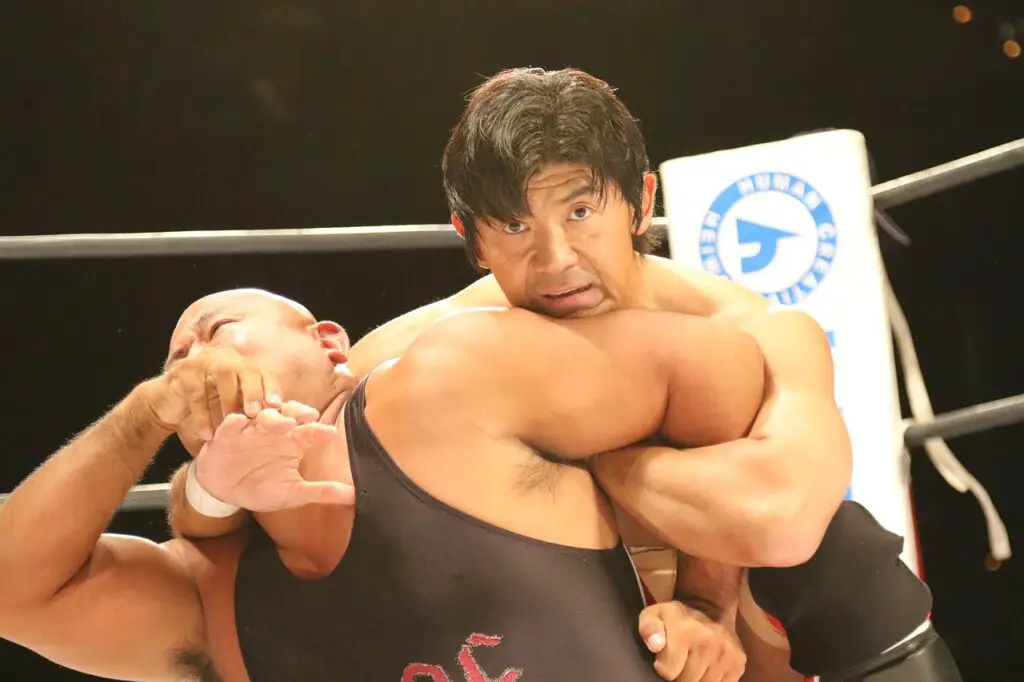
Top 10 Sports in Japan: Most Popular Sports and their Significance
Sport is in the DNA of Japanese culture. This beautiful island nation has embraced both traditional and western sports. In this post, we will be looking at some of the most popular sports in the country and their significance. Here we go:
The thing with Japanese sports is that it’s a passionate fan experience. You rarely see empty stadiums in the country. People want to get involved and they often do. Whether you are visiting the country or staying for longer, there is always a sporting event in Japan waiting for you. It is surely one of the best ways to get acquainted with people, doing something they love.

Baseball
Baseball is hands down the most popular sport in Japan. It was imported into the country from the USA. Ever since it has grown in leaps and bounds becoming a national spectacle. Baseball was introduced in Japan for the first time in 1872 by American expatriate Horace Wilson. However the first-ever official baseball match in the country took place in the early 1920s.

Baseball is more than just a sport in Japan. Every matchup is a carnival, characterized by electric stadium atmospheres, and passionate fans. From exciting mascots, colorful rally balloons, and the world-famous beer girls, who run up and down the stadium filling your cup, the in-stadium experience is breathtaking.
Baseball Fan Base in Japan
Each franchise participating in the Pro Nippon League has a loyal fan base too and you can bet they turn up in every match. In 2019 for example, Japanese baseball attracted up to 26,536,962 fans over the 858 pro matches played that year. This translates to roughly 30,929 per game, the second-highest fan attendance rate of any professional sports in the world. The attendance rate only fell behind Major League Baseball (MLB) in the United States.
Baseball Culture in Japan
Although Japanese baseball can trace its roots back to the US, it’s a little different compared to the MLB. Japanese baseball culture tends to encourage respect for opponents. For example, booing or jeering opposition teams is frowned upon in the country.
Additionally, high school baseball in Japan is just as popular as the national Pro Nippon League. Finally, baseball matches in Japan can end in a draw. Official Japanese regular season baseball matches have a limit of 12 innings. This means that if a winner does not emerge during that period, the match ends tied.
Well, in case you want to experience the electrifying passion of Japanese baseball, make a point of attending a match soon. You can also follow the Nippon Pro League on this site and JapanBall.com to get updated on the local baseball scene.
Soccer
Football or soccer is the second most popular sport in Japan after baseball. And just like baseball, it was imported from the West. Football was introduced in Japan by the British Navy in 1873. It was first taught at the Imperial Japanese Navy Academy. It is believed that the first official football match in the country took place in 1888, a matchup between Kobe Regatta and Yokohama Country. Ever since, the sport has grown in strength and stature, attracting millions of fans around the country.

Japan’s Soccer System
Japanese football follows a pyramid system, the same system in most major western football leagues. The top tier is referred to as the J-League and features 18 teams drawn from various Japanese cities and regions. There are also several other tiers below the J-League.
Teams are promoted and relegated each year into different tiers after every football season. Japan also has a national men’s soccer team nicknamed the “samurai blue”. It is considered one of the best national football teams in Asia and has featured regularly in the FIFA World Cup TM. Japan also famously hosted the 2002 FIFA World Cup TM in collaboration with Korea.
Soccer Fandom in Japan
People in Japan love their football and they make a point of attending every game when possible. In the 2019 football season for example, the J-league attracted a total of 6.3 million fans, spread across 306 games. This was an average of 20, 750 fans per game, one of the highest in the world. The top tier league also generates sizable revenue. In 2018 for example, Statista estimates that all the clubs participating in the league generated up to 85 Billion Yen in annual revenues.
Where To Watch Soccer in Japan
One thing that sets soccer apart in Japan is the electric atmosphere in stadiums. If you are visiting the country, you may want to pop into a stadium and be part of this exhilarating experience. Some of the top J-league football stadiums to consider include the Nissan International Stadium in Yokohama, home of the Yokohama Marinos.
You can also step into the Saitama Stadium, home to J-League franchise Urawa Red Diamonds. Be sure to also follow the Japanese Football Association on this site for more updates on the local football leagues.
Tennis
Japan also has a very long tradition of tennis. This beautiful Asian nation has produced world beaters in this sport. Naomi Osaka and Kei Nishikori are probably some of the most notable players of our time. Osaka in fact surpassed Serena Williams to become the highest-paid female athlete in 2020. However, even with these global tennis players, Japan has a massive tennis local fan base.

History of Tennis In Japan
The sport was introduced in the country for the first time in 1878 by Western expatriates. But it wasn’t until 1922 when the Japan Tennis Association (JTA) was formed. JTA is the governing body for professional and amateur tennis in the country. It has been credited for spearheading grassroots efforts at the high school level to encourage young Japanese men and women to start playing the game. JTA is also one of the oldest organized sports associations in the world.
Japan is also witnessing a resurgence in tennis over the last three or four years. Between 1993 and 2013 for example, the number of people playing tennis in the country fell from 4.23 million to 3.73 million. However, between 2013 to date, the number of tennis players in Japan has hit 4.39 million. Much of this success has been credited to renewed grassroots efforts to popularize the sport across the country. Japan has nearly 6,454 tennis courts and an additional 520 indoor courts, all of which meet international playing standards.
International Tennis Events in Japan
Tokyo also hosts the Japan Open each year at the Ariake Tennis Forest Park . This is a global tennis spectacle that is part of the ATP World Tour 500 series. The open attracts some of the best tennis players in the world and has a purse of up to $ 2,046,340 in prize money. We do not have recent attendance statistics as far as tennis goes.
However, Statista ranked tennis among the top five most-watched sports in Japan. You can also check out the Japan Tennis Association official site to learn more about the sport.
Sumo
As you may have noticed, three of the sports that we have discussed above all have western origins. It’s now time to look at an authentic traditional Japanese sport. There is no better example than Sumo. Sumo is Japan’s national sport and it has a huge fan base in the country. It is also enshrined deep in Japanese culture and identity.

History of Sumo
Sumo is a form of traditional wrestling. There is evidence to suggest that the sport was alive and well in prehistoric Japan. Current estimates indicate that Sumo has been in existence for the last 1500 years. There is also a lot of folklore associated with the sport.
For instance, it is believed that ancient Japanese societies engaged in Sumo to appease the gods for better harvests. Sumo was also part of Imperial Court ceremonies in 8th century Japan. It is this rich history, and a strong connection to Japanese heritage, which makes it one of the most popular sports in the country.
Sumo is of course popular because of many things. But you have to agree the attire worn by “rikishi” or wrestlers grabs the attention. Sumo wrestlers wear a thick 30-feet belt. The belt is wrapped neatly around the wrestler’s body before it’s secured with a knot at the back.
Where to Watch Sumo
Japan hosts six major Sumo tournaments each year. The events are held every other month in various parts of the country. They can last up to a week so there is plenty of time to pop in and see the action. If you are in Tokyo, you can catch three of the six annual Sumo tournaments at the Ryogoku Kokugikan sumo arena. Watching Sumo is, after all, one of the top hobbies in Japan. In case you’d love to learn more about the sport, check out Learn Japanese 123 or USA Sumo.
Golf
Golfing is also a very popular sport in Japan. The first golf club in the country was established in 1903 by British ex-pats working in Kobe. Ever since the sport has grown massively. Japan right now has half of all golf courses in Asia, most of which are located in resort cities like Mount Fuji, Karuizawa, and others. The growth of golf in Japan is largely attributed to the strong Japanese business culture.

Golf is after all the de factor gentleman’s sport. It is seen as one of the best ways to network in a casual setting and as such, it has become entrenched in Japan’s business culture. Besides, the cost of playing golf in Japan has come down significantly. In the 1980s for example, some of the most preeminent golf courses in the country were incredibly exclusive.
You had to know someone in the club and part with a sizable admission fee to hit the greens. But in recent years things have changed. Most top golf courses in the country are open to the public. For as low as 5, 000 Yen, you can access some of these courses and play whenever you want. Be sure to also keep up with Japanese Golf by following the Japan Golf Association through this website.
Moto Racing
Japan has one of the largest automobile industries on the planet. For a country that knows how to make automobiles, they sure also love to race them. However, unlike what most people assume, these races do not involve cars but motorbikes. Japan’s auto racing can be traced back to the 1920s. But the sport gained immense popularity in the country with the opening of the Tamagawa Speedway in 1936.

Each Moto race features eight riders, doing six laps around an asphalt speedway. Spectator stands are built along the speedway to allow people exclusive access to this enthralling experience. Japanese auto racing has had famous participants too, including Soichiro Honda, the founder of the Honda Motor Company. Soichiro is also credited with building the Suzuka Circuit in 1962, the other most notable racing tracks in Japan. The Suzuka Circuit has also hosted The Japanese Grand Prix, a major calendar event in the Formula One season.
We do not have recent attendance data for Moto racing events right now. However, Statista estimated in 2015 that over 1.66 million Japanese residents attended Moto racing events that year. Japan also has up to 20 auto racing tracks spread over around the country. Follow Moto Racing Japan on this site for more updates. You can also get online racing updates from the main Suzuka Circuit website.
Boxing
Boxing is yet another sport in japan that has a very rich history. The sport was introduced into the country by US sailors in 1854. At the time, Japanese people were already enthralled with Sumo, an individual contact sport. Boxing was therefore an easy sell and over time, it won a lot of hearts in the country.

Despite this, Japan rarely has a heavyweight boxing division. But lower weight categories are very popular. Besides, the country has produced its fair share of global boxing stars, including Naoya Inoue. Japan has also produced a total of 40 world champions in different weight categories over the years.
Two major boxing tournaments take place in the country each year. The first one is dubbed the All-Japan Rookie King and has been in existence since 1990. The second one is titled the Japanese Title Elimination Tournament. Both of these events are recognized by the Japan Boxing Commission and attract sizable crowds.
Although Japanese boxers rarely venture outside Japanese borders to seek international titles, they enjoy the very solid local sport. Japan was ranked among the top five countries in the world where pro boxing is extremely popular. For more on this sport you can check out the Japan Boxing Commission’s official site.
American Football
You may have noticed by now that there is a lot of US influence in Japanese sports. And as you can imagine, American Football, a distinctively American sport, is also growing in Japan. American Football came to Japan for the first time after World War 1. The first game was played in Tokyo and attracted a good 15, 000 fans. The sport has established itself in the country ever since.

Right now, over 17, 000 people in Japan play football. There are also over 400 teams in the country. Some participate in the X-League, the top tier American Football League in Japan. The good thing about American Football here is that it is structured to encourage local participation. All teams participating in the X-League are only allowed to have a total of 3 American players.
This means that more and more Japanese citizens are encouraged to participate. Japanese corporations like Panasonic, Mitsubishi, Fujitsu, and others are also stepping up and sponsoring football teams. For more on the sports you can follow the Japan American Football Association.
Rugby
Rugby is a moderately popular sport in Japan. It may not have the same following as Baseball, soccer, or tennis, but it attracts its fair share of crowds too. The sport was introduced in the country for the first time in 1899 by British ex-pats. However, Japanese rugby came into the global map after the country hosted the 2020 Rugby World Cup.

Japan reached the quarter-finals, a remarkable achievement considering the quality of opposition participating in the tournament. There is more info about Japanese rugby on this site in case you’d love to get more updates.
Japan’s showing in the world cup seems to have awakened the entire nation and a consistent rugby fan base is growing. This island nation also has a Rugby Sevens team that participates in the HSBC World Rugby Sevens Series. The country also hosts one of 10 tournaments in the series dubbed the Tokyo Sevens.
Pro Wrestling
We wrap up our list of the top sports in Japan with pro wrestling. The sport is often referred to as “Puroresu”. It also has a long history in the country and its popularity peaked in the early 1950s. But there were efforts before that to introduce the sport in the early 20th century albeit they were not successful.

Pro wrestling matches in Japan have also enjoyed a lot of TV viewership. The first matches were televised in the 1950s by Nippon TV and attracted massive crowds in Tokyo’s large public screens. Nonetheless, commercial pro wrestling in Japan took off with the establishment of the New Japan Pro-Wrestling Co. Ltd in 1972.
This pro wrestling promotion company has been instrumental in expanding viewership, and appeal for the sport, on a wider Japanese audience. Its yearly revenues are well above 5 billion yen, a sign of the massive popularity pro wrestling enjoys in Japan.
Unlike professional US wrestling, Japanese pro wrestling involves a lot of athletics. There are also some breathtaking martial arts on display there so it should be an exciting watch for anyone. Make sure you follow New Japan Pro Wrestling on this site too for more updates on the sport.




